Last Thursday, twelve women gathered together to talk all things superannuation. Co-hosted by Australia accounting firm Grant Thornton and Women’s Agenda, the event facilitated discussions around the financial sector, its place for women and what it means for Australian women’s superannuation funds.
The national gender pay gap in Australia inevitably results in a superannuation gap, affecting the way Australian women retire, co-founder of Women’s Agenda Angela Priestley said. According to Aware Super, there is a $93,000 superannuation gender gap when the national gender pay gap is 13 per cent (a figure which has reduced to 12 per cent since).
“There has been movement in those figures,” Priestley said at the Grant Thornton Super Women Initiative.
“There is certainly more attention on the numbers. But the gap is still there. And as we all know far too well, more and more women are retiring into poverty.”

To curb the issue of the superannuation gap, Himashini Weeraratne, head of financial services tax and partner at Grant Thornton, said women’s representation is the first step.
Data from the Workplace Gender Equality Agency shows the superannuation and insurance sector in the financial services industry comprises 59 per cent women and 41 per cent men. However, only 10 per cent of CEOs in the industry are women, and women hold just 31 per cent of key managerial positions and 27 per cent of director roles.
The key is getting more female representation in those leadership positions so more women can have a say in how superannuation works for them.
“There’s so much passion in the space and purpose behind the work,” Weeraratne said, “because everyone can see what a difference that can make.”
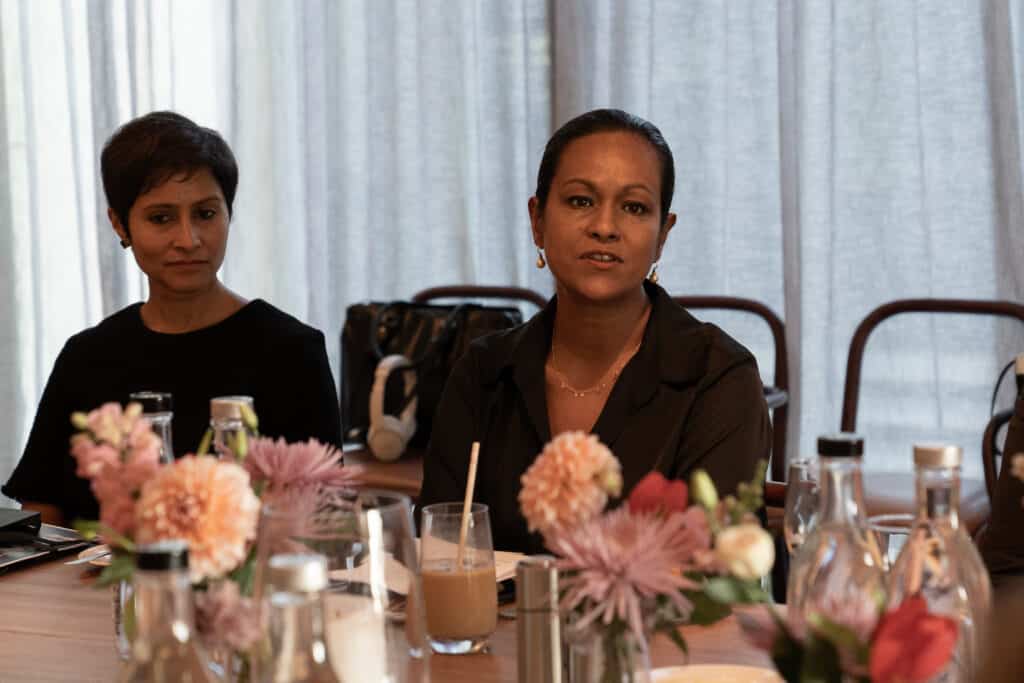
Why super?
As the women around the table shared their stories on how they entered the financial services industry, many agreed that they anticipated the job to be quite boring.
But what they found was a career in financial services isn’t boring: it’s dynamic and empowering.
Jane Stanton, a consulting partner at Grant Thornton, had a background in not-for-profit work and found she could apply her interests and her skills in the superannuation sector.
“I love superannuation because I feel like I’m using the skills and the knowledge I have to give back to society,” Stanton said.
“I love the fact that we’re helping people’s futures.”
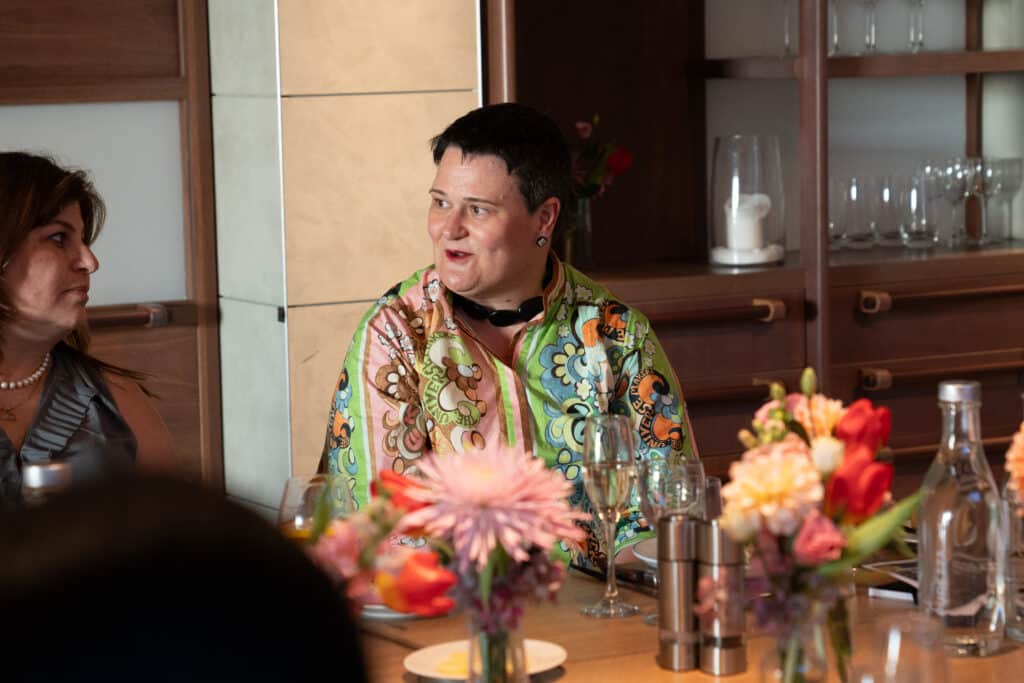
The superannuation sector in Australia’s financial services industry is male-dominated, and while it has the potential to pose many barriers for women, every woman at the Super Woman Table Talk event had found their own way to overcome them and thrive in their career.
For Himashini Weeraratne, her sense of purpose came from the fact that most of the time, she would be the only woman in the room.
“I have to make a change,” Weeraratne said.
“When I leave this profession one day, I really want to see more females – not because they’re females, but because they’re actually talented.”
The barriers
Many of the women could relate to one another’s personal experiences being a woman in a male-dominated industry.
But Tari Makanda, an audit and assurance partner at Grant Thornton, noted the intersectionalities people bring to the workplace, and how it can impact their experience at work.
“It’s one thing to be a woman – another to be a woman of colour,” Makanda said.
Makanda said she faced discrimination throughout her career, including people assuming she was more junior or more inexperienced than she is because she is a woman of colour.
Now, as a partner of a major accounting firm, she wants to give back to the next generation and help up and coming women in the industry – the same way women before her helped her get to where she is.
“I don’t want my daughters to go through what I do,” Makanda said.
“If somebody’s helped me, I really need to do the same for others.”
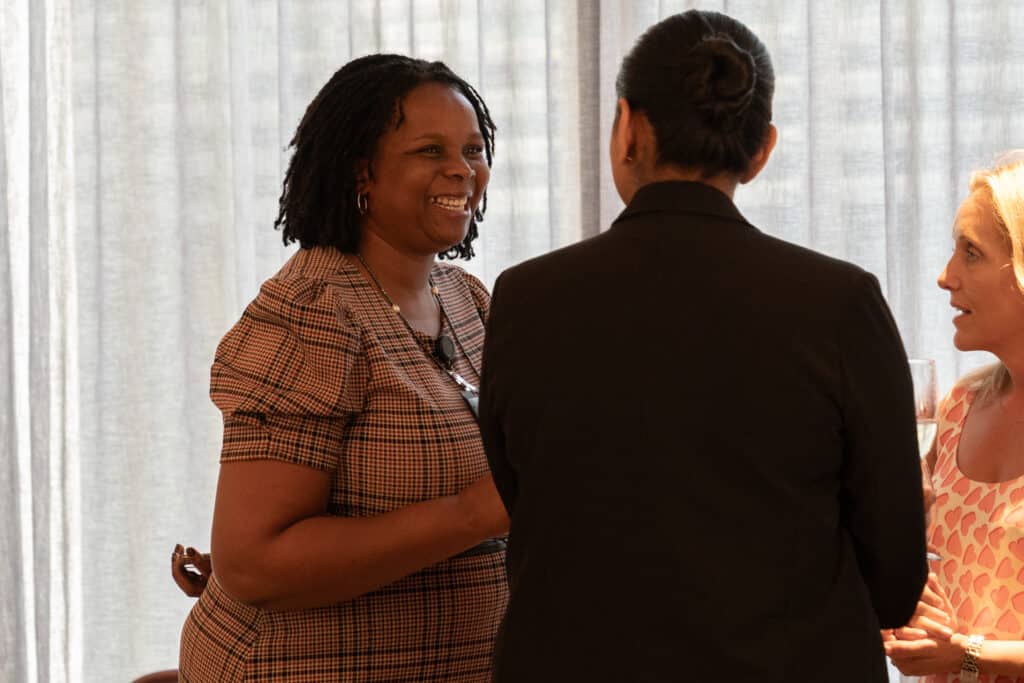
The conversation at the event turned to caring responsibilities, and how it disproportionately impacts women in the workplace.
Claire Scott, a partner in audit and assurance at Grant Thornton, made a note of how far parental leave policies at superannuation organisations have come since the sector was established in Australia in the 1980s.
Now, in many instances, it’s easier for women to balance work and caring responsibilities at home. As a mother of three children under five years old, Scott said it’s important to recognise this positive progress.
“The flexibility we have is significant,” Scott said.
“You can have the best of both worlds, and I think for me that’s what it’s really all about.”
But in other instances, there’s still a way to go. Shani Jayamanne, a senior investment specialist at Morningstar, raised the issue of balancing caring responsibilities for elderly family members with work, and how it can be treated differently to caring responsibilities for children.
“It statistically falls more on women that it does men,” Jayamanne said, “and it’s something I know will impact my job in some way.
“Culturally, it’s an important part of my identity as I am Sri Lankan – it’s something that’s part of the experience for many migrants due to their culture.”

Job descriptions
Recent research from Harvard Business School found the language in job ads can prevent women from applying for jobs.
It’s something many women agreed on: that seeking promotions and extra responsibilities can be challenging.
Sangeeta Venkatesan from Mercer Investments said it’s often an issue of confidence for women in the superannuation sector.
“I am confident when someone offers me a promotion, but I am not confident enough to chase it,” Venkatesan said.
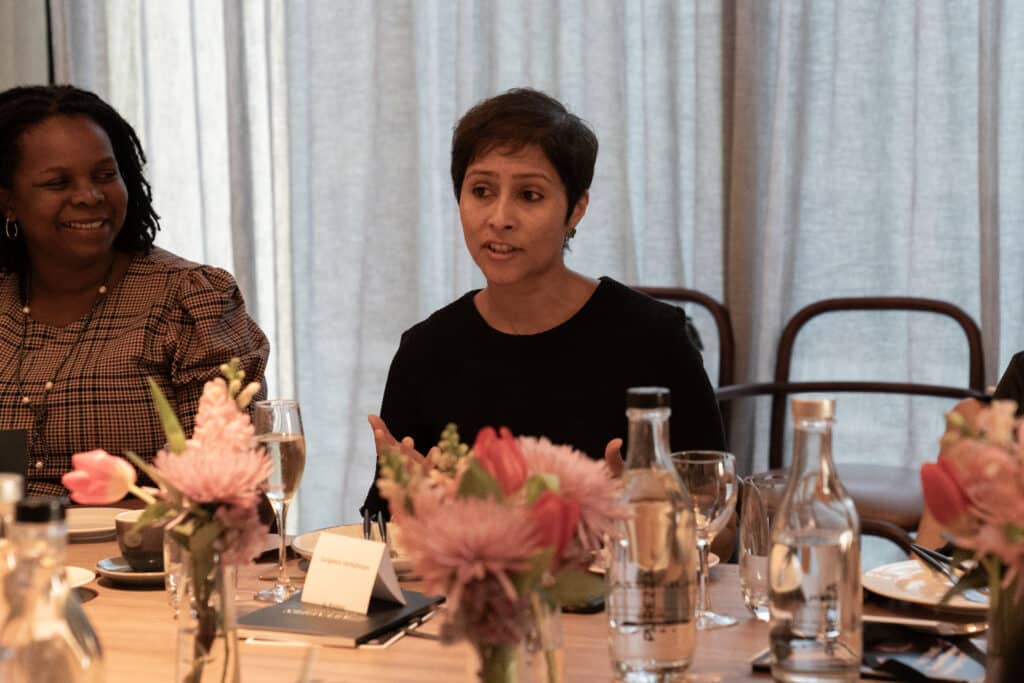
Sharon Suan from AMP agreed, and recalled a job advertisement that she was interested in applying for, a promotion from the role she held at the time.
But there was one word that stopped her from applying. The role asked for the candidate to have “gravitas”.
“Because of that word on the job description, I actually didn’t think about putting my name up for it,” Suan said.
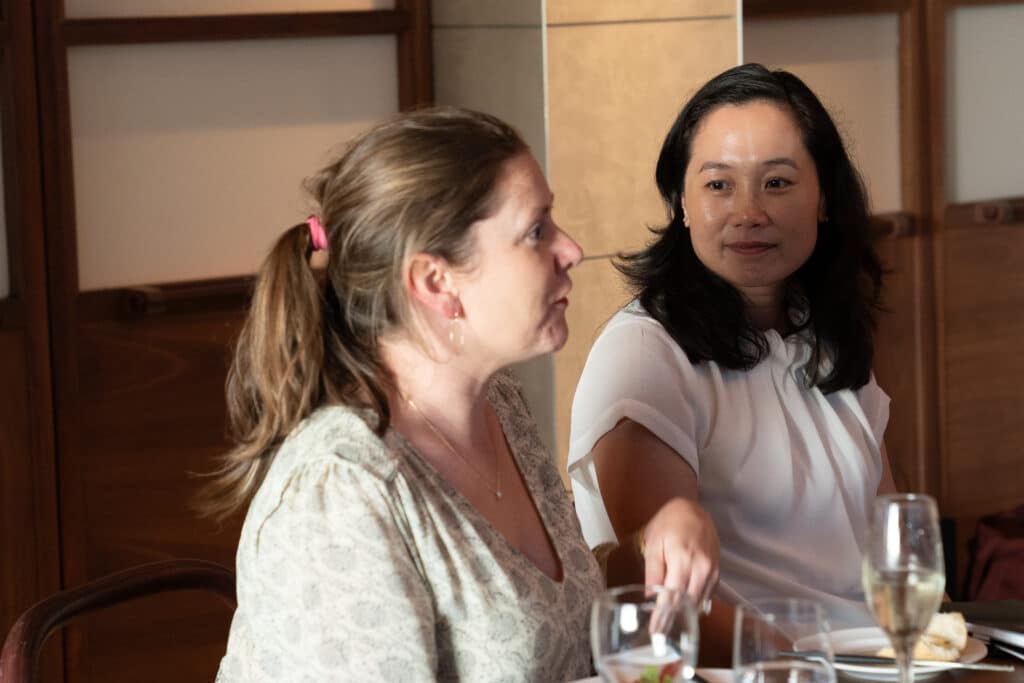
‘It’s like superannuation: it’s compounding.’
So, how do women in superannuation overcome these barriers? Is it the industry, or the policy makers?
This was the question put to the group. After some lengthy discussions, the women at the event said a “mindset change” is needed in the superannuation sector – and this starts “from the top” in leadership positions.
“It’s the mindset that needs to change,” Himashini Weeraratne said, “not just male counterparts, but female counterparts.”
The women sitting at the table all have achieved so much in their careers, and all were determined to help the next generation of women get to where they are today. Each woman knows just how important it is to have women mentors and women in leadership roles giving a hand up.
As Mary Flanagan, Head of Business Development & Marketing, rightly put it: “It’s like superannuation – it’s compounding.”

